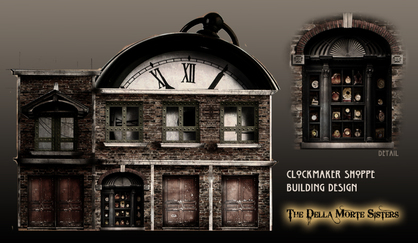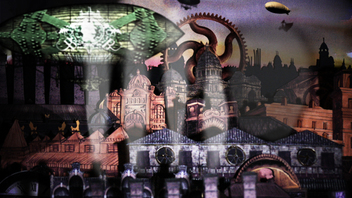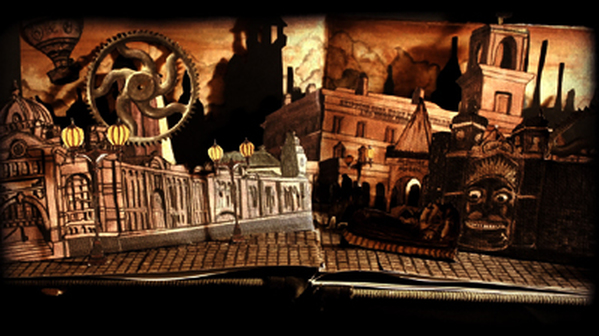AN ALTERNATIVE HISTORY
The Della Mortika world has diverged from the common view at two important points in history:
i. The Italian Industrial Revolution The Industrial Revolution started in the early 1600s, 150 years before it did in our world. It started in Italy where Giovanni Baptista della Porta from Naples first invented the steam pressure cooker, was heavily influenced by Leonardo da Vinci’s inventions and was funded by the de Medicis, which led to an earlier, more diverse, steam-powered revolution. Thus by the 1880s steam was powering not only industrial machines, but also a variety of other machines, notably flying contraptions and calculating engines. Accompanying this was a more Italian influence on design, particularly in the transport and fashion areas. Thus the world of the Della Mortika Sisters resulted from a divergence that happened because of intelligence (Della Porta), invention (Da Vinci) and philanthropy (de Medici) all set off with a touch of Italian design. |
|



